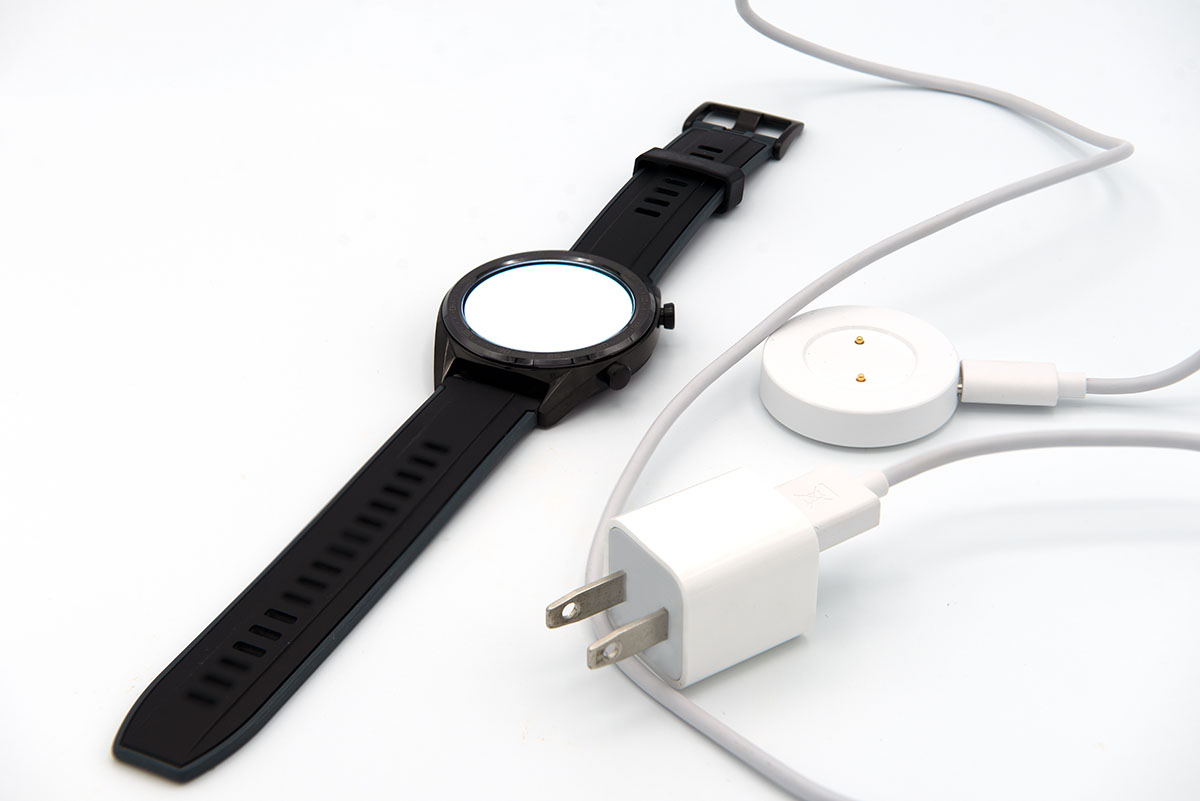
There’s only one planet Earth, and to the best of our collective knowledge, it’s the only planet that supports life as we know it. While colonizing and terraforming planets like Mars sounds like an intriguing prospect for the future of humanity, we’ve still got to make the most of the single planet we’ve got – at least for the time being.
Since the dawn of the Industrial Age, humans have ushered in a wave of unprecedented change across the planet. From fast cars to faster computers, new technologies have made much of these changes possible, allowing Earth’s inhabitants to build solutions and organize societies at an unparalleled scale.
Many of these changes have been in the name of good, allowing more people around the globe to live long and fruitful lives. Whether it’s flying across the world for a beachfront vacation, sending a family portrait from one smartphone to another, or relying on a pacemaker to correct a heart problem, these are amazing inventions.
But the ultimate cost of modern society remains dangerously high, thanks to a massive increase in carbon dioxide emissions. Without taking decisive actions to curb rising CO2 levels in Earth’s atmosphere, wildlife, natural ecosystems, and the very fabric of society will remain at a high level of risk that jeopardizes life as we know it. That’s why Ambiq is committed to crafting technology solutions that help reduce CO2 emissions, shrink the overall carbon footprint, and usher in sustainable means of living for the generations to come.
The Need for a Better Carbon Footprint
Human activities have significantly increased the amount of carbon dioxide in Earth’s atmosphere. According to Climate.gov, today’s carbon dioxide levels are at a higher point than any other period of time over the past 800,000 years. Excess carbon dioxide contributes to the greenhouse effect, which ultimately leads to rising temperatures around the globe. Drastic changes to the Earth’s climate that stem from rising CO2 levels have been directly linked to a wide variety of dangerous and destabilizing events that threaten both the environment and modern society. Because of the high risk that climate change poses to every corner of the planet, every citizen and corporation must consider how their carbon footprint is affecting the Earth at large, and begin taking steps to reduce or eliminate CO2 emissions altogether.
Climate Impact of the ICT Sector

According to researcher Nina Lövehagen in her blog What’s the real climate impact of digital technology, the Information Communication Technology (ICT) sector can impact the climate in three ways:
- Direct carbon emissions associated with ICT manufacturing, use and disposal.
- Indirect positive or negative emission effects from using ICT
- Impacting behaviors and preferences
Because a large share of emissions related to ICT devices occur already during production, Lövehagen recommends two main things that you can do to lower your personal digital carbon footprint. First, charge your batteries with electricity from renewable sources. And second, use devices as long as possible before disposing them to formal e-waste recycling bin.
How Ambiq Components Combat Climate Change
Ambiq is firmly committed to developing technology components that will contribute to a lower overall carbon footprint. As computing devices continue to shrink and provide around-the-clock connectivity thanks to the Internet-of-Things (IoT), Ambiq recognizes the fundamental importance of building crucial pieces of technology that will enable solutions that provide the maximum amount of power for the least amount of energy.

Sub-threshold Power Optimized Technology (SPOT®), a patented power-efficient processing platform, is one of the technology breakthroughs that lies at the heart of Ambiq’s System on Chips (SoCs). As ultra-low power solutions engineered to provide long life and high performance to battery-powered wearables, mobile IoT devices, and other pieces of powerful mobile technology, these innovations reduce the need to consume more power.
Not only do technologies like SPOT reduce the number of times battery-powered devices need to be recharged, they also hold the potential to eliminate recharging altogether. One research project taking advantage of the Ambiq Apollo3 Blue Arm® Cortex®-M4 MCU led to the creation of a solar- and user-powered Game Boy, allowing gamers to power the device through both the sun and kinetic energy generated through a button press.
While there’s still much work to be done to reduce CO2 levels around the globe, every small change can add up to a larger solution. Not only do power-efficient electronics help reduce our overall carbon footprint, they provide cutting-edge user experiences that don’t require devices being tethered to a power outlet. Ambiq’s commitment to powering technologies that can reduce or eliminate the need to draw more energy from batteries can greatly help device makers build sustainable equipment.


